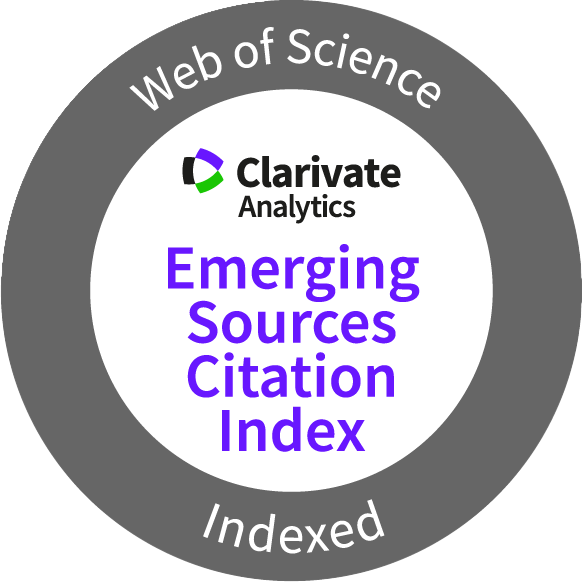Indirectly Dating one of the Oldest Adze Quarries in the Hawaiian Islands Provides Insights into the Colonisation Process and Community Networks
DOI:
https://doi.org/10.70460/jpa.v13i2.351Abstract
Chemically characterising stone tools in distant habitation sites and matching artefacts to quarries is some of the strongest evidence archaeologists have to define the spatial and temporal limits of ancient interaction networks. We present the chemical analysis of five basalt flakes from three sites on Moloka‘i, Hawaiian Islands: a well-dated colonisation period stratified coastal mound, a craft specialisation locale and an upland buried habitation. Wavelength dispersive x-ray fluorescence (WDXRF) and inductively coupled plasma mass spectrometry (ICP-MS) was used to identify the origin of the artefacts. Radiocarbon dating results indicate that the recently discovered Pu‘u Pāpa‘i (Moloka‘i) quarry was likely utilised from the colonisation period beginning in the 12th century through to the late 1600s, making it one of the oldest, continuously used quarries in the archipelago. Aspects of island colonisation and community networks are discussed including the emergence of the elite control of resources.
Additional Files
Published
How to Cite
Issue
Section
License
https://creativecommons.org/licenses/by/4.0/








